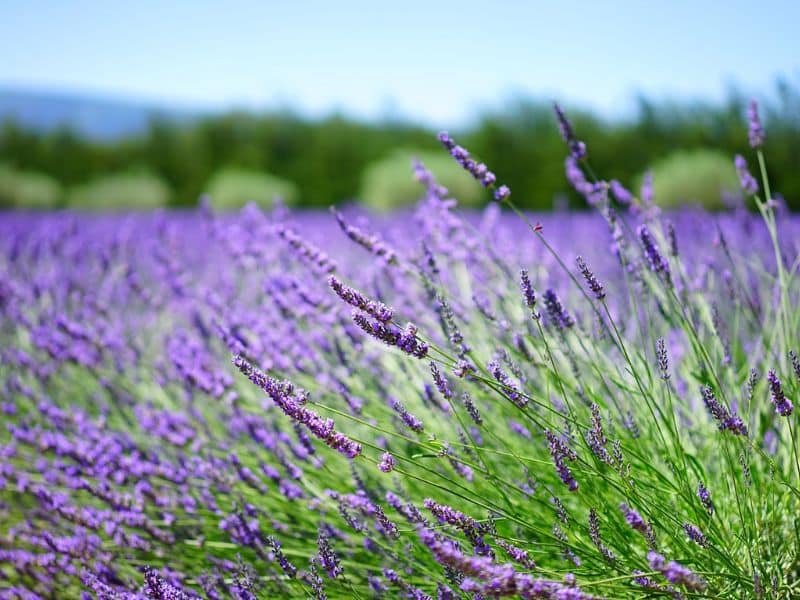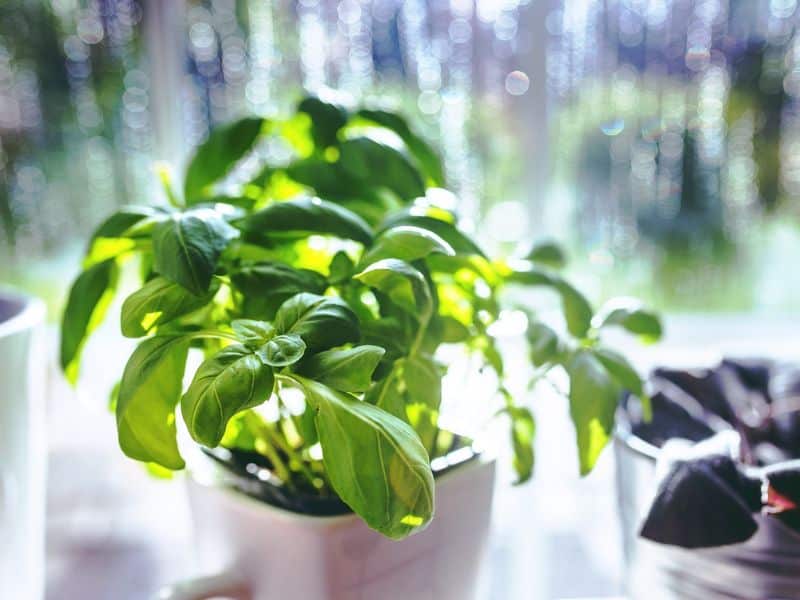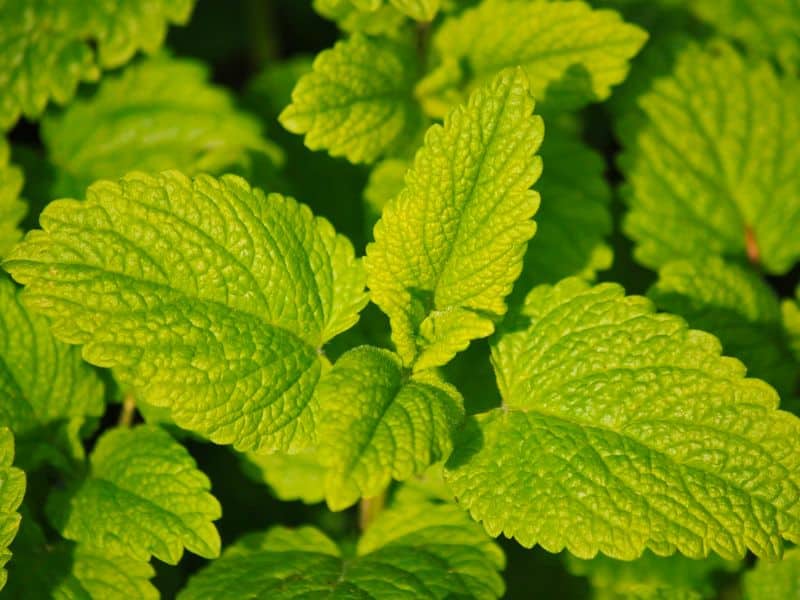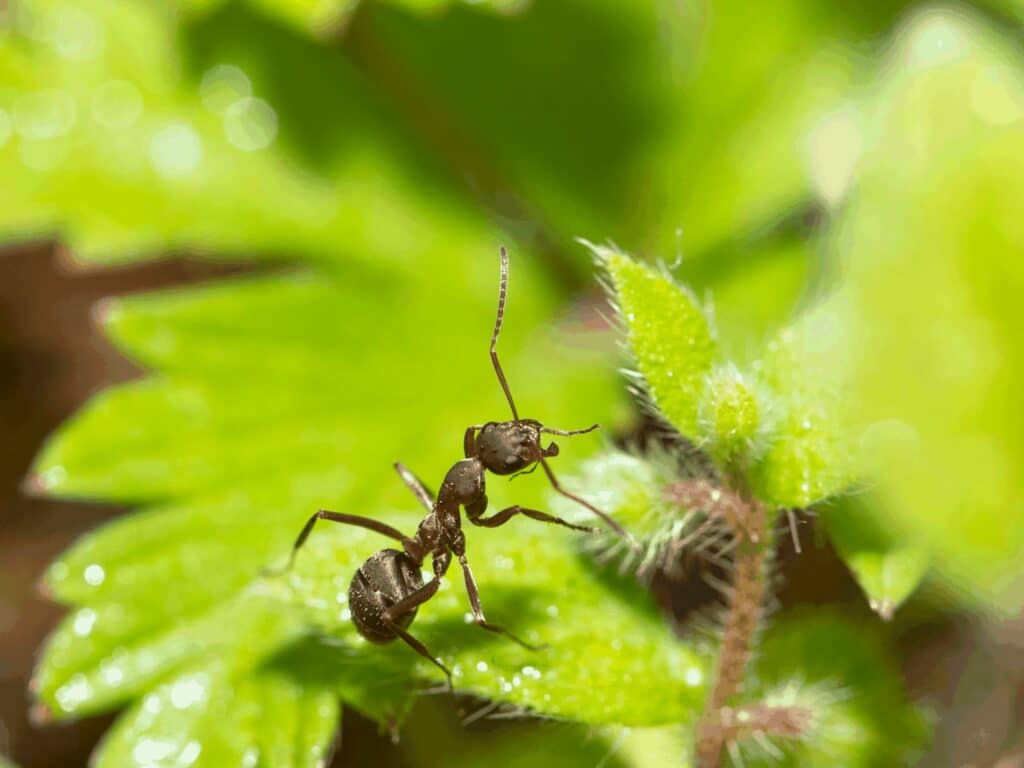Imagine a serene summer afternoon in your garden, disrupted by the sight of a relentless ant colony marching across your beautiful blooms. It’s a common problem for garden enthusiasts everywhere. But did you know that the solution could be as simple as incorporating certain plants into your garden?
That’s right, there’s a natural and aesthetically pleasing way to keep ants at bay. By strategically planting specific vegetation, you can create a garden that’s not just beautiful, but also a fortress against these tiny invaders.
Let’s explore the fascinating world of plants that repel ants, offering you a green thumb up in your battle against these unwelcome guests.
Common Features of Ant-Repelling Plants
Delving into the intriguing functionality of plants that repel ants, we stumble upon some common features. It all boils down to self-defense mechanisms these plants have developed over centuries, which conveniently assist us in our modern ant issues.
Natural Oils and Chemicals
Every plant that repels ants comes equipped with specific natural oils or chemicals. It’s these formidable compounds that deter ants from making them their home. For example, the peppermint plant releases a strong scent that ants find off-putting.
This potent aroma is all thanks to its high concentration of menthol. Similarly, the Tansy plant is enriched with bitter compounds which ants despise, making it a reliable option for your ant-free garden.
Plant Texture and Ant Deterrence
Apart from biochemical defenses, some plants resort to a more physical approach. They use their structural design to ward off ants. Take the example of the lavender plant. It’s outfitted with a woolly texture, making it difficult for ants to navigate its surface.
This ‘rough terrain’ strategy proves quite effective at keeping these pesky invaders at bay. After all, who’d want to wrestle with an uninviting surface when there’s smoother sailing elsewhere?
Remember, these are not just pretty faces in your garden. They are warriors, standing guard against the ant world. Equipped with their natural defenses, these plants work tirelessly, making your green spaces a no-go zone for ants.
So when thinking about what to plant next, consider these ant-repelling champions. They’d surely earn their keep in your garden battlefield.
Top Outdoor Plants That Repel Ants
Stepping outside and seeing a garden that’s not only gorgeous but also ant-free is quite a treat. Let’s explore some top plants known for their ant-repelling properties.
Lavender

Lavender isn’t just remarkably showy, it’s also an ant-repellent powerhouse. The potent aroma confuses and repels ants, making it difficult for them to establish their colony. Plant these lilac beauties around your garden, and you’ll create an effective barrier against these pesky invaders.
Peppermint

Your favorite after-dinner candy doubles as an ant deterrent in plant form. Peppermint contains natural oils that ants find quite abrasive. Planting peppermint not only adds a refreshing scent to your garden, but it’s also a powerful way to keep those unwanted ant guests at bay.
Tansy

No one really fancies a bitter taste, not even ants. Tansy, a pretty plant known for its yellow, button-like flowers, contains bitter compounds. This bitterness deters ants at large, making it a clear winner in your garden’s defense lineup against ant invasions.
Best Indoor Plants for Keeping Ants Away
Transitioning from outside in your garden to the cozy setting of your home, let’s dive into plants that can double up as ant-repelling charms inside your house. These green roommates not only purify your indoor air but also act as an ant deterrent.
Basil

Basil isn’t just a tasty herb to perk up your pasta sauce; it’s a warrior on your side in the battle against ants. The powerful scent of basil confuses the ants’ sense of direction and keeps them at bay.
Simply place a pot of basil near entrances or ant-infested areas, and you’ll witness a decrease in their activities, making your indoor spaces more ant-free.
Lemon Balm

On the hunt for a pleasant smelling, insect-repelling plant? Lemon Balm is your solution. With its lemony scent, it disrupts ant trails and makes your home less appealing to ants.
Position these plants in sunny locations near windows or entrance ways. These aromatic plants will help reduce the likelihood of an ant invasion while adding a refreshing fragrance to your interiors.
How to Use These Plants Effectively
Now that you’re familiar with the plants that can repel ants, let’s look at how to make the most out of these green defenders. Below, you’ll find useful tips for using these plants effectively both indoors and outdoors.
Planting Tips for Outdoor Use
- Optimal Placement: To maximize their ant-repelling effectiveness, plant these herbs near entrances, paths, and any areas where you’ve previously noticed ant activity. Furthermore, they should be placed ideally around your patios or picnic spots.
- Consistency Is Key: Regular maintenance such as watering, pruning, and fertilizing your plants will keep them healthy and robust, thus optimally releasing the deterrent properties.
- Rotate Plants: Changing the location of these plants can disorient ants, disrupting their trails and navigation.
- Position Strategically: Place plants around entry points such as windowsills and doorways to confuse ants’ senses.
- Plant Care: Like outdoor plants, indoor ones need care too. Make sure to provide them enough sunlight and water.
- Use Potted Plants: If you’re living in an apartment or have limited space, growing these plants in pots would be a good alternative. It’s easy and saves space, while still warding off ant invasions.
Additional Benefits of Using Plants to Repel Ants
Aside from their ant-repelling abilities, these plants could offer you more than you initially thought. Let’s delve into the nitty-gritty of their other excellent facets!
Aesthetic Improvements
These bug-repelling plants aren’t just functional – they’re also stunningly attractive. Adding them to your garden or home is like hitting two birds with one stone. You usher in a natural ant deterrent system and also revamp your living spaces.
Just imagine the burst of color that geraniums give or the lushness of rosemary bushes. They could improve your curb appeal and enliven your indoor spaces. Try them out and see the transformation for yourself.
Up next:







